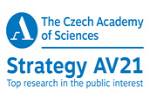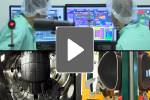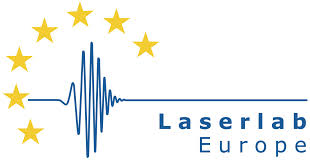An international team of scientists including Czech experts from the Institute of Plasma Physics of the CAS explored a new method to mitigate the runaway electron beam, based on the recent experiments at the largest European tokamak JET (Culham Centre for Fusion Energy, UK). The paper reporting these results was published in the prestigious scientific journal Physical Review Letters (PRL).
The beam of the runaway electrons presents one of the largest threats for the operation of the
future tokamaks – it is not a threat for the environment outside of the vacuum vessel of the
reactor, however it can significantly damage the components close to the plasma.
In the case that such a beam will be generated during a sudden cooling of the plasma, we need to be ready with a specific scenario to mitigate its kinetic energy. So far, namely injection of the heavy noble gases has been used for this purpose. However, the new experiments show that the opposite – injection of increased amount of hydrogen/deuterium in the form of frozen pellets – leads to spontaneous decay of the beam without any noticeable damage to the wall.
In the case that such a beam will be generated during a sudden cooling of the plasma, we need to be ready with a specific scenario to mitigate its kinetic energy. So far, namely injection of the heavy noble gases has been used for this purpose. However, the new experiments show that the opposite – injection of increased amount of hydrogen/deuterium in the form of frozen pellets – leads to spontaneous decay of the beam without any noticeable damage to the wall.
These beams were studied also using analysis of the structure of the synchrotron radiation in
the images of IR cameras and subsequent discrimination of the beam current profile – this analysis
was conducted by Ondrej Ficker from the Institute of Plasma Physics.
3 May 2021










